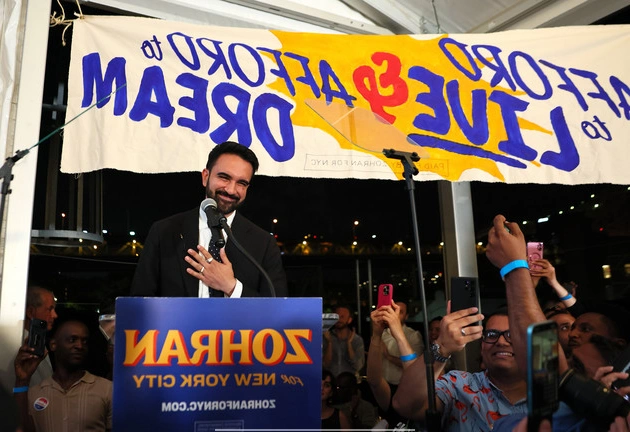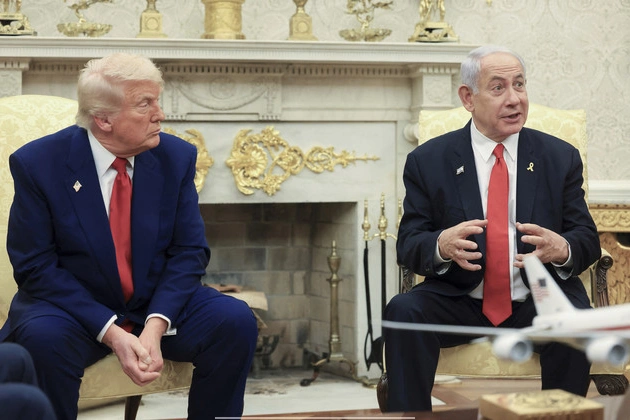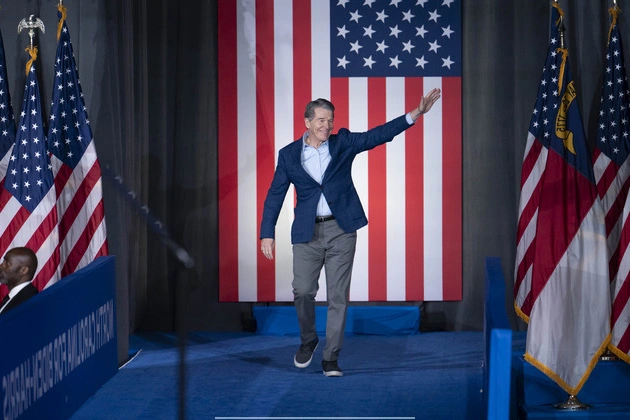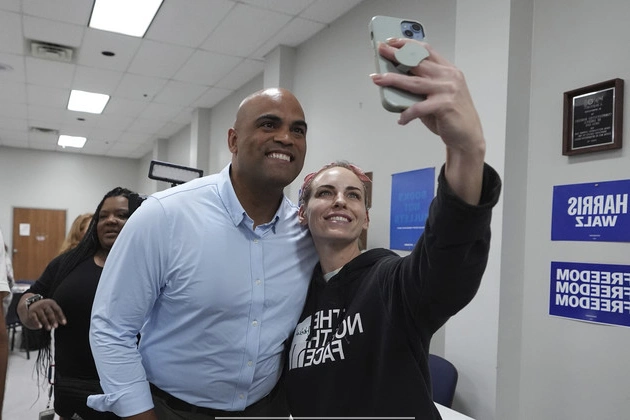
No pollster could capture the full energy of Democratic Socialist Zohran Mamdani’s victory in New York City’s mayoral primary, raising questions about polling accuracy. The high turnout, especially among young voters, surprised many. This article delves into the reasons behind the polling errors and offers insights for the future.
The Importance of Accurate Electorate Prediction
One major flaw in the polls was the failure to account for the influx of first-time primary voters, a crucial oversight that skewed the predictions. Understanding the electorate is paramount for accurate polling, as highlighted by Tom Jensen of Public Policy Polling.
PPP’s Success and Methodology
Public Policy Polling’s early June survey, which correctly predicted Mamdani’s lead, stood out for its methodology. By polling a higher percentage of under-45 voters and including those who hadn’t participated in recent primaries, PPP achieved a more accurate representation of the electorate.
Challenges Faced by Pollsters
The lack of high-quality, nonpartisan polling in the race posed challenges for accurate predictions. Only a handful of polls met reliability standards, with most failing to anticipate Mamdani’s lead after the first round of voting.
Lessons Learned and Future Outlook
Pollsters emphasized the need to closely mirror the voter file for better predictions in future elections. Adapting to changing voter demographics and turnout patterns is crucial to avoid similar errors in upcoming polls.
Impact of Mamdani’s Victory
Mamdani’s unexpected win highlighted the evolving nature of the electorate and the need for pollsters to adapt to these changes. The industry faces ongoing challenges in accurately predicting election outcomes, with each election presenting unique hurdles.
Despite the criticisms and challenges, pollsters remain committed to improving their methodologies and accuracy in future elections. The dynamic nature of politics demands constant evolution in polling practices to better reflect the realities of the electorate.











